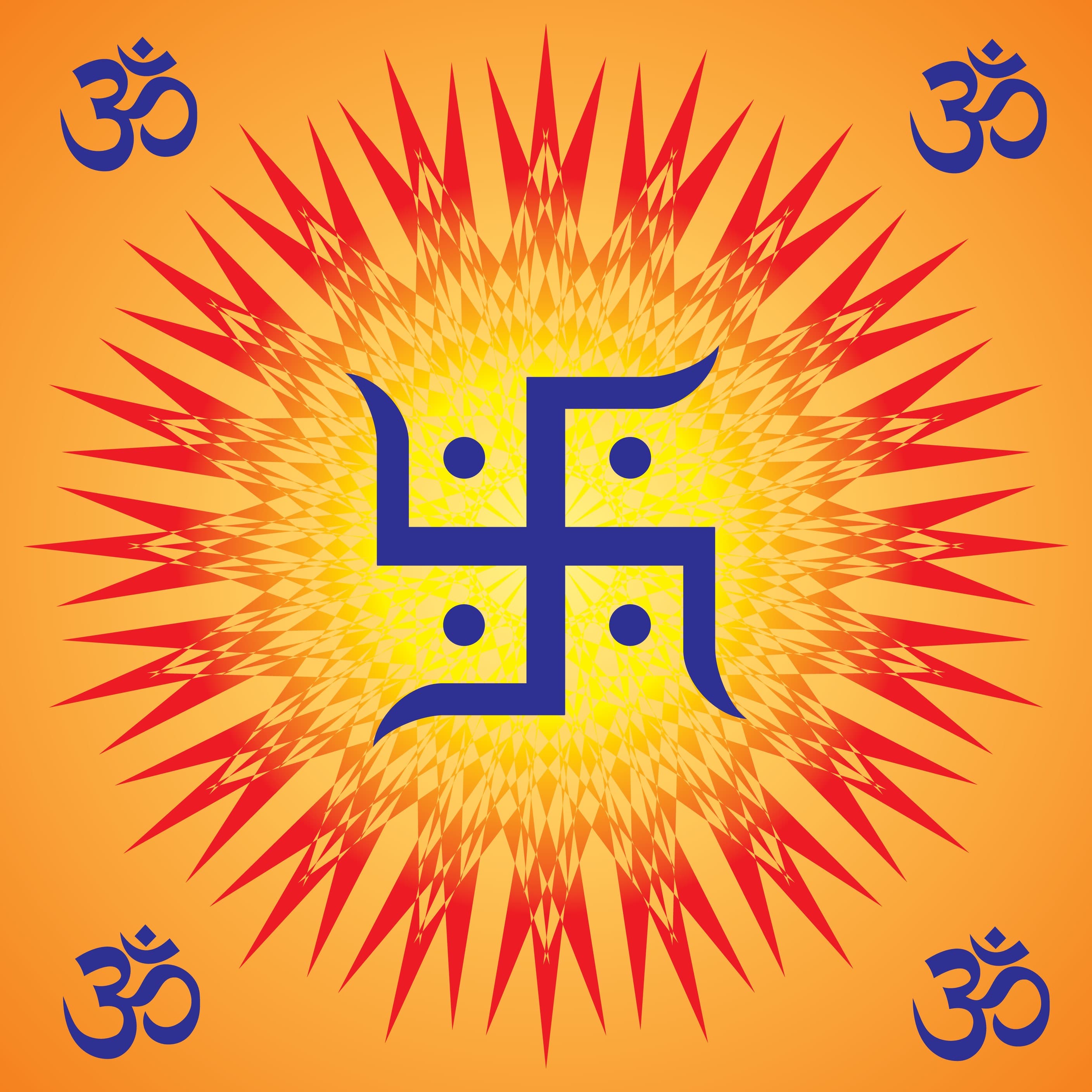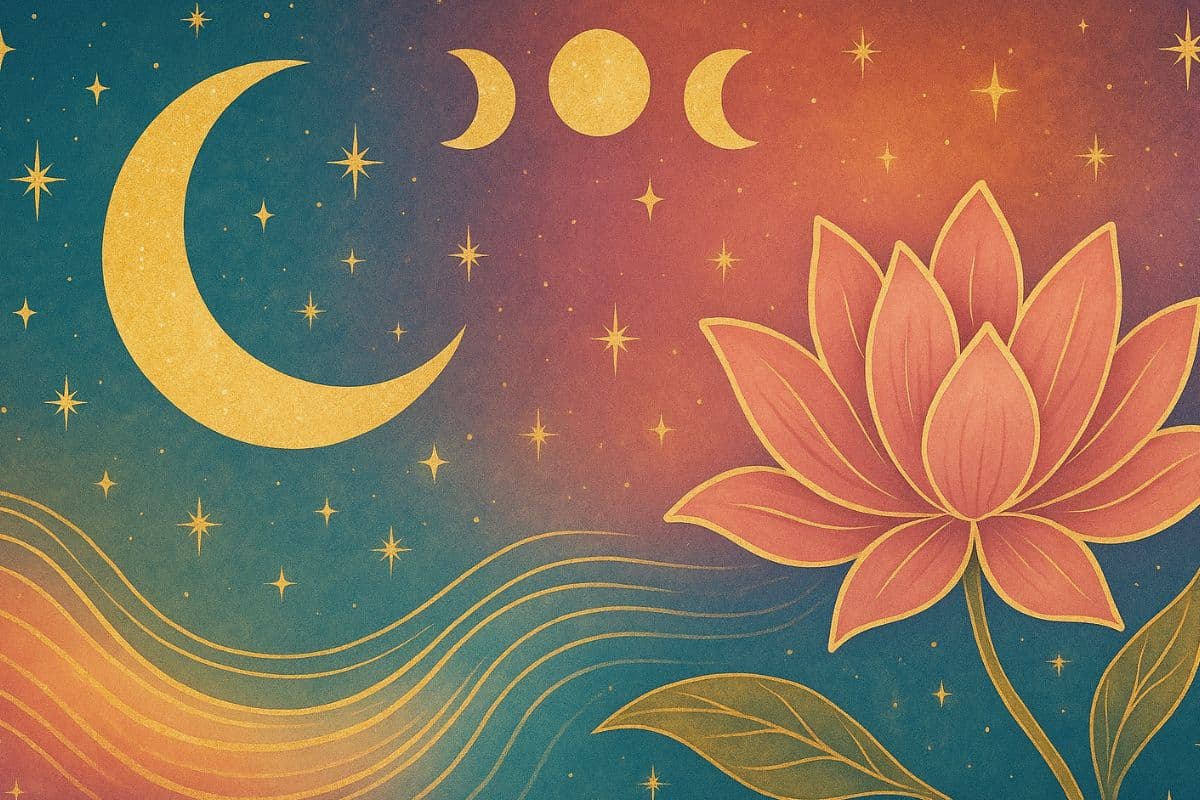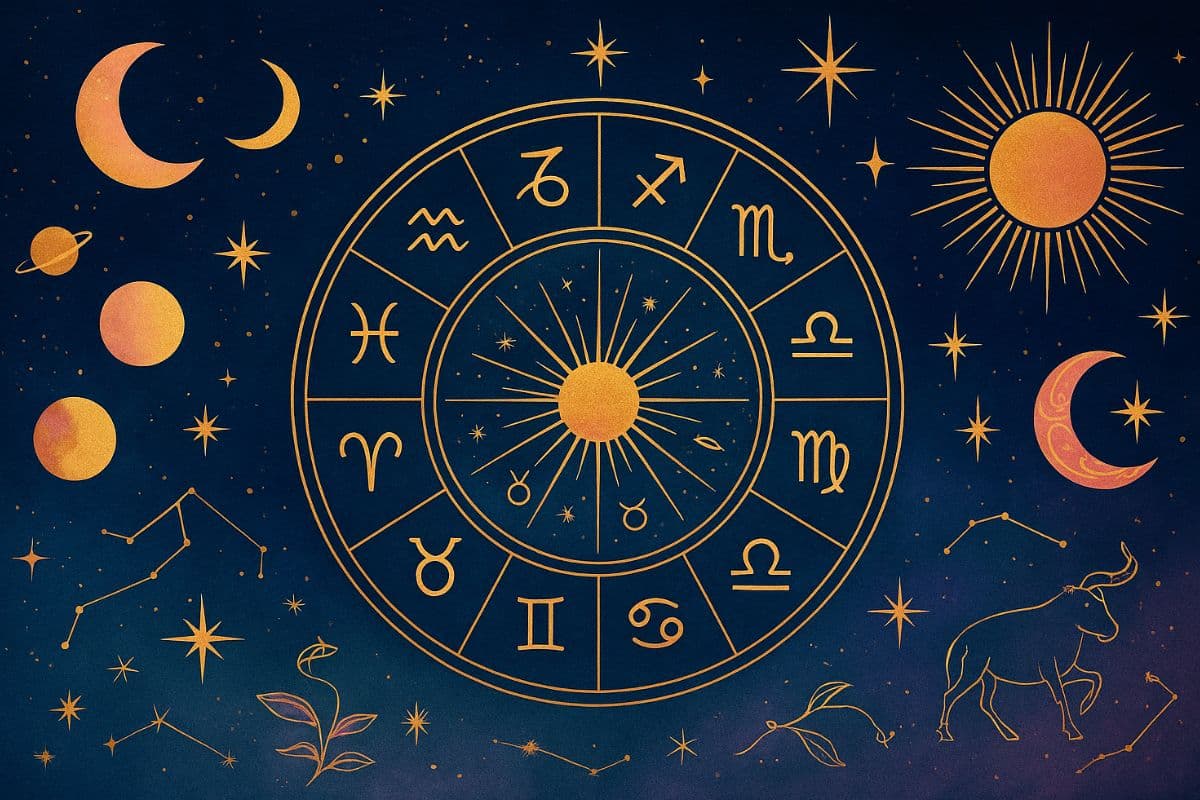Swastik in Hinduism: Symbolism, significance, and spiritual power revealed

Explore the divine Swastik symbol meaning, significance, and spiritual power in Hinduism
The Swastik in Hinduism is one of the most sacred and powerful symbols. Whether drawn at the entrance of homes, engraved on Kalash pots, or marked on account books during Diwali, it is regarded as a direct invitation to divine energy.
Its roots go back thousands of years, deeply embedded in Vedic rituals and Hindu traditions. More than just a sign of luck, the Swastik represents cosmic harmony, spiritual completeness, and universal order.
Meaning and Etymology of the Swastik
The word Swastik is derived from Sanskrit: “Su” (good) and “Asti” (to be), together meaning “Let good prevail.”
It translates to “conducive to well-being” or “bringing good fortune.”
The Swastik is not exclusive to Hinduism. It also holds significance in Buddhism and Jainism, each interpreting the symbol in unique spiritual ways.
The Swastik and Lord Ganesha
In Hindu customs, the Swastik is closely associated with Lord Ganesha, the remover of obstacles and the deity of beginnings. During auspicious rituals, drawing a Swastik is seen as invoking his blessings for protection and success.
A Powerful Ritual
Before starting a significant event like a new business, wedding, or journey, devotees often draw a Swastik with kumkum or turmeric near the main entrance or altar. Lighting a ghee diya and chanting Om Gan Ganapataye Namah activates the protective and prosperous energy of the symbol.
Symbolism of the Four Arms
The Swastik’s four arms carry deep symbolic meanings:
-
Four directions: East, West, North, South
-
Four Vedas: Rig, Sama, Yajur, Atharva
-
Four goals of life:
Dharma (righteousness) Artha (wealth) Kama (desires) Moksha (liberation)
Together, they make the Swastik a symbol of balance between material and spiritual goals.
Right-Facing vs Left-Facing Swastik
Right-facing Swastik (clockwise): Commonly used in Hindu rituals, it symbolises the Sun, creation, and positive energy.
Left-facing Swastik: Linked to Tantric practices, it is used selectively in specific spiritual disciplines and ceremonies.
Ritual Use in Hindu Traditions
The Swastik is a vital part of:
-
Diwali puja
-
Griha Pravesh (housewarming)
-
Business inaugurations
-
Daily worship rituals
-
Navagraha shanti puja
Its placement is believed to anchor auspiciousness and cosmic blessings in every activity.
A Useful Remedy
According to Vastu principles, placing a Swastik near your home’s northeast corner helps balance doshas and invite planetary harmony. Combining it with a copper Kalash filled with Ganga jal and tulsi leaves enhances energy flow and positivity in the home.
Misunderstood in Modern Times
Despite its sacred origin, the Swastik has faced global misinterpretation due to historical misuse. In Indian tradition, however, it remains a life-affirming emblem of positivity, prosperity, and sacred order. Reclaiming it in personal practice allows individuals to connect with its ancient power.
The Swastik in Hinduism is more than decorative art. It is a sacred tool for aligning intention, gratitude, and energy. When used mindfully, it can serve as a daily anchor for spiritual balance and protection.
Ask Agastyaa or explore deeper with AstroSure.ai to unlock how sacred symbols like the Swastik align with your unique birth chart. Whether you’re planning an event or seeking daily balance, rituals, remedies, and mantras can set you up for success.
Ask Agastyaa. Let AstroSure.ai unlock Swastik’s divine harmony in your life
Frequently Asked Questions about the Swastik
1. What does the Swastik mean in Hinduism?
In Hinduism, the Swastik symbolises prosperity, protection, and universal harmony. Its name translates to “well-being” in Sanskrit. It is considered a direct channel to divine blessings.
2. Why is the Swastik drawn during rituals and festivals?
The Swastik is drawn to invoke auspicious energy and invite divine protection. During festivals like Diwali, it is marked on doors, Kalash pots, and account books to attract prosperity and success.
3. What is the difference between right-facing and left-facing Swastik?
The right-facing Swastik is most common in Hinduism and represents creation, solar energy, and positivity. The left-facing Swastik is used in specific Tantric practices and is associated with mystical, deeper energies.
4. How is the Swastik used in Vastu Shastra?
In Vastu, placing a Swastik at the northeast corner of a home or business balances energy, removes doshas, and invites planetary harmony. It is especially recommended during housewarming or business openings.



